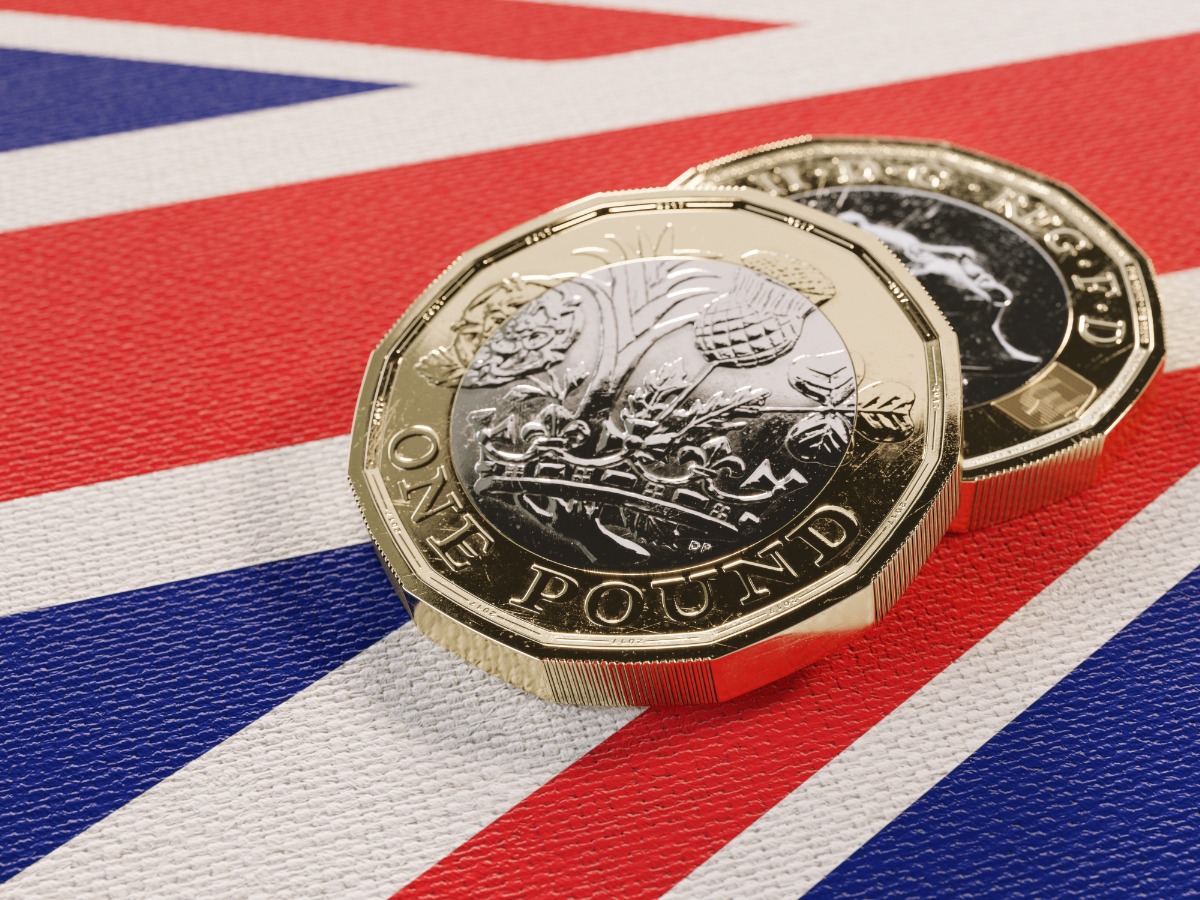

25.01.23: Bank of Canada Policy Decision Will Drive Near-Term Sterling and Euro Moves against the Dollar
Global inflation and growth trends will remain important in the short term at both the international level and between individual currency pairs.
There has been optimism that global inflation has peaked and that central banks will be able to take a less aggressive policy stance this year which will help develop a global recovery.
There will, however, be concerns that the sharp monetary tightening seen over the past year will lead to more damage than expected and triggered a major global downturn.
If the latter fears gain further traction in markets, risk appetite will tend to be vulnerable with demand for safe assets.
 Wednesday’s Bank of Canada (BoC) policy statement will be important as the decision and rhetoric will have important global implications.
Wednesday’s Bank of Canada (BoC) policy statement will be important as the decision and rhetoric will have important global implications.
If the BoC signals that it considers that rates have peaked, there will tend to be a boost to risk appetite and the North American currencies could be vulnerable.
A further warning over inflation would tend to undermine risk appetite.
There will be some caution ahead the Federal Reserve, ECB and Bank of England interest rate decisions next week.
As far as individual currencies are concerned, higher inflation rates will tend to boost currencies on a short-term view.
Pound US Dollar Exchange Rate Outlook
The UK manufacturing PMI index improved to a 4-month high of 46.7 for January from 45.3 the previous month and above expectations of 45.4, but there was a dip in the services index to a 24-month low of 48.0 from 49.9 and below expectations of 49.6.
Services-sector companies were hurt by higher interest rates and weaker consumer confidence, but there was a significant improvement in business expectations amid hopes for a stronger global economy.
The data failed to support the Pound and sentiment remained weaker after the much wider than expected budget deficit for December.
The Pound to Dollar (GBP/USD) exchange rate continued to lose ground with lows around 1.2265 as the dollar attempted to recover.
GBP/USD did recover to 1.2330 on Wednesday as the dollar failed to hold gains.
The Pound is likely to be resilient for now, but GBP/USD will find it difficult to make more than limited headway.
Euro (EUR) Exchange Rates Today
The Euro-Zone PMI manufacturing index improved to a 5-month high of 48.8 for January from 47.8 and above consensus forecasts of 48.5 while the services-sector index improved to a 6-month high of 50.7 from 49.8 and above expectations of 50.2.
The data maintained expectations that the economy was resilient with significant protection from the lower gas prices.
The data failed to provide further support to the Euro and the Euro to dollar (EUR/USD) exchange rate drifted lower to the 1.0850 level.
There was still solid buying on dips amid expectations that the ECB would be the most hawkish of the major central banks during the next few months and EUR/USD tested the 1.0900 area on Wednesday.
ING sees scope for EUR/USD buying on dips. It adds; “Good data out of the eurozone is likely keeping most investors on the bullish side of the euro for now, and downside risks for EUR/USD appear contained. A test of 1.1000 by the end of the week is looking more likely, although a decisive break higher is not our base case before the ECB.”
US Dollar (USD) Exchange Rates Outlook
The US manufacturing PMI index edged higher to 46.8 for January from 46.2 and slightly above consensus forecasts while the services-sector index also improved to a 3-month high of 46.6 from 44.7 and above expectations of 45.0.
Overall business expectations increased to a 4-month high with a marginal increase in employment. Cost pressures increased slightly on the month for the first time in seven months, but output prices increased at the joint-slowest rate since October 2020.
There was an element of relief that the data was stronger than expected, but the figures still indicated that the economy was in contraction territory.
Overall confidence in the US dollar remained fragile with the US currency only just above 7-month lows and tending to drift lower on Wednesday.
The dollar is liable to drift lower overall, but with interim support if equities lose ground.
Other Currencies
The latest Australian data recorded an increase in prices of 1.9% for the fourth quarter of 2022.
The headline annual rate increased to 8.4% from 7.3% and well above expectations of 7.6%.
Underlying data was also stronger than expected which triggered speculation that the Reserve Bank would have to be more aggressive in raising interest rates.
The Australian dollar posted strong gains with the Pound to Australian dollar (GBP/AUD) exchange rate sliding to 15-week lows at 1.7340.
The New Zealand inflation data was slightly stronger than expected with a fourth-quarter increase of 1.4% and annual rate of 7.2%.
The Pound to New Zealand dollar (GBP/NZD) exchange rate briefly dipped to 4-month lows just above 1.8900 before a recovery to 1.8990 amid hopes that there would be a lower peak in RBNZ rates.
The Pound to Canadian dollar (GBP/CAD) exchange rate dipped to 1-week lows near 1.6400 before a recovery to 1.6460 ahead of the BoC policy decision.
The Pound to yen (GBP/JPY) exchange rate was unable to hold 2023 and dipped to 160.00 before settling around 160.70 as volatile trading continued.
The Day Ahead
The Bank of Canada will announce its latest interest rate decision on Wednesday with consensus forecasts for a further 25 basis-point increase in rates to 4.50%, although a minority of investment banks are expecting no change.
Markets are also expecting rhetoric on whether the bank considers that interest rates have peaked.
Germany will release the latest IFO business confidence data with expectations for a further net improvement.
Given the importance of risk appetite for global markets, equity markets will continue to have an important impact on exchange rates.





